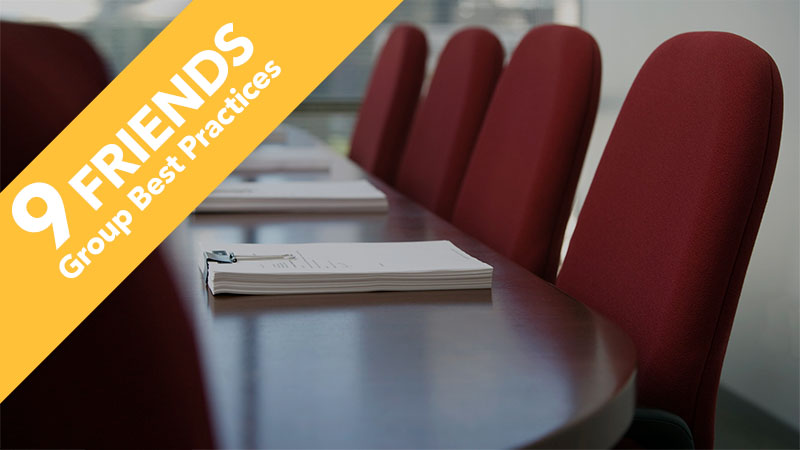9 Friends Group Best Practices

Library Friends groups have been around for over 100 years. There are great Friends groups that provide terrific support for their libraries – from volunteers who help with library events to funding for programs and activities to advocating for public support. But there are also Friends groups who are struggling to find their purpose and hang on to their dwindling Boards. Here are nine strategies on keeping your Friends organization vital and engaged.
1) Find Purpose. Every Friends organization should have a mission and know their supporting role (especially if the Library has a foundation, as well). Be specific in articulating why your Friends group exists and what types of activities it will engage in. Determine what your Friends will do. A Friends group can help the Library by engaging in these types of activities – fundraising, programming, public awareness or advocacy.
2) Collaborate with the Library. The Friends board chair should have strong communication with the library director. Understand the library’s needs and determine how your Friends group can help meet those needs.
3) Collaborate with your Foundation. If your Library has a foundation – have a Board member from each organization serve as a liaison to the other organization. This will ensure that everyone’s on the same page in how the two organizations are supporting the library. Don’t be territorial, or possessive with your resources. Share mailing lists. Schedule key activities (membership drives, annual campaigns, etc.) so they don’t bump into each other.
4) Recruit a Strong Board. Your Friends group should have a strong Board of Directors with skills that will support the organization’s mission – and also have connections to the community. Sad to say it but…your Friends Board should NOT be made up of book lovers. You need idea people, strategic thinkers and worker bees! Recruit interesting people of all ages and backgrounds, and from across the community. Interesting people attract interesting people. This type of Board will be energetic and productive.
5) Set Term Limits. All Friends Boards should have term limits. It’s amazing how many hard-working people we’ve met who’ve been on their boards for (literally) decades.
6) Create Committees. As your Friends group grows, create standing committees to do the “work” of the organization (Fundraising, Advocacy, Special Events, etc.) A Nominating Committee should continually be looking for new Friends Board members.
7) Plan for the Future. Every Friends organization should have a strategic plan. It doesn’t have to be anything long or elaborate, but the plan should address all of the Friends activities and have leads, or champions, for each activity in the plan – and a timeline!
8) Have Productive Meetings. Friends don’t need to meet every month (but they can). Poll your Board members to determine how often and what time works for your members to meet. Work on specific activities can be done between Board meetings. Structure your Board meetings to take no more than an hour. Report on progress on specific activities and strategic initiatives or issues. Schedule an annual meeting (and invite all your members) to review how well the organization is doing at meeting its goals.
9) Enjoy Yourselves! Incorporate fun into all your Friends activities. In today’s busy world, the last thing anyone wants to do is belong to an organization that is antiquated or staid in its thinking, or its activities.
Library Strategies continually works with Friends groups – and foundations – to share “best practices.” If you’re interested in learning more, feel free to contact us.

